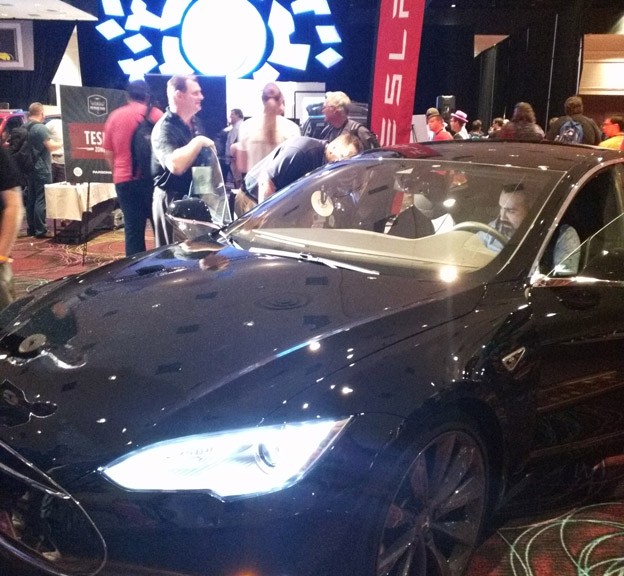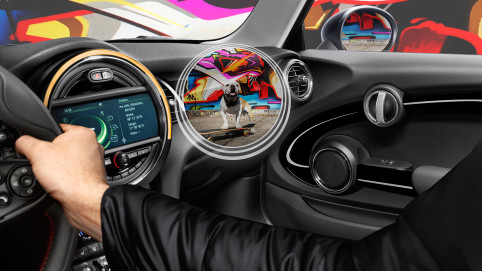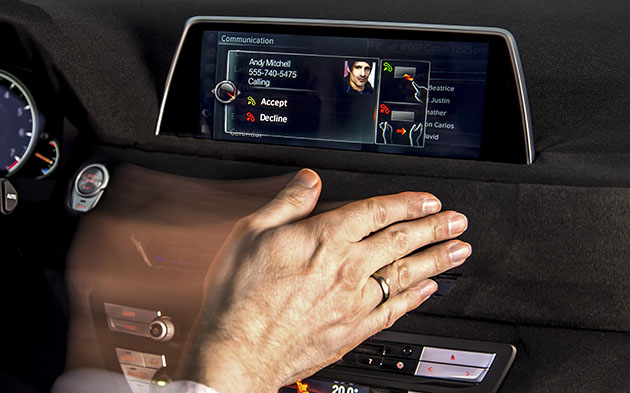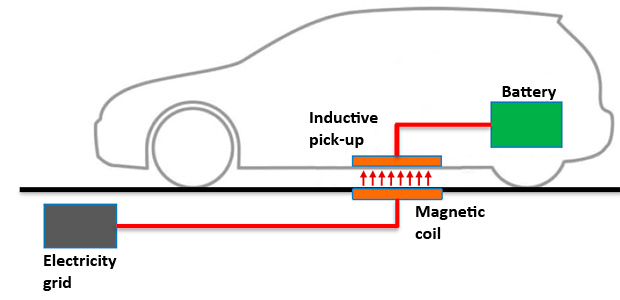Over the last few years, technology’s merger with the auto industry has materialized in the form of advanced digital dashboards and mobile OS integration. While adoption has been slow, car manufacturers have been attempting to fill dashboards with Silicon Valley-grade technology, including Apple’s CarPlay and Google’s Android Auto.
Defying the status quo, Tesla has continuously outperformed traditional automakers since its inception. The fully electric sedan comes standard with a gigantic screen on the car’s console, resembling the cockpit of commercial airliners. Additionally, and perhaps most similar to the mobile OS’s consumers have grown accustomed to, the Tesla performs over-the-air software updates. Most recently, Tesla rolled out (and rescinded parts of) its ‘Autopilot’ feature in Model S sedans. The feature allows drivers to sit back and watch as the car drives itself using various sensor and GPS technologies.
Tesla isn’t the only company integrating this technology, among others, into their cars. Even before they released the ‘Autopilot’ feature, Google unleashed a squadron of driverless cars that can be seen testing their abilities (and getting pulled over for going too slow) around Silicon Valley. Apple has owned technology headlines for months as rumors of car development continue to surface for the first time since Walter Isaacson’s biography on late CEO Steve Jobs hit the shelves back in 2011. But it’s not only Silicon Valley giants like Tesla, Apple and Google that are developing technology and cars for the driverless era as automakers like Volvo and Ford have also thrown their names into the ring.
Other IoT features continue to make their way into consumers’ driveways. Many cars in the new Chevrolet lineup offer 4G connectivity on the road. Third-party dashboard accessory makers like Pioneer, Kenwood, and Alpine are developing add-ons for older cars wishing they had access to Apple’s Carplay and Google’s Android Auto. And several automotive giants are capitalizing on new device categories like smartwatches to provide a more simple and technological experience for their car-owners.
With the addition of connectivity in cars, drivers and passengers alike need to think about their physical safety and digital safety. As we’ve seen in the news recently, namely in a July Wired article, certain cars can be hacked and completely controlled remotely. Scary, yes, but that covers just the surface of security threats. Like every other IoT device, the data a connected car will produce is vulnerable to cybercrime. Picture driving down Main St. and passing your favorite pizza shop on your way to work in the morning, the same route you take every day. It’s Thursday, which means Pizza Night for the family. As you drive by, a coupon for two free extra toppings and a 2-litre soda bottle with any large pizza order appears on your dashboard or windshield, valid only tonight. Seemingly magically, based on past patterns, your IoT car knew to offer you a coupon for this pizza parlor on the night you’d need it.
A connected car has the potential to be your smartphone’s biggest and greatest accessory, but it also inherently comes with major security vulnerabilities, like the rest of the IoT, that need to be addressed. Currently, traditional car companies are researching and developing their own self-driving/connected cars. Technology companies like Apple and Google, along with other rumored giants, are following suit. But a recent poll out of WEF and Boston Consulting Group, showed that 69 percent of consumers (6,000 polled from 10 different countries) want automakers and tech giants to work together to create the next big thing in automobiles. As awareness of the IoT, its vulnerabilities and connected cars grows, I see this number rising. What’s important is that the integration of security also grows, so we can help usher in the future we all want, as safe as it can be.
![]()
![]()




